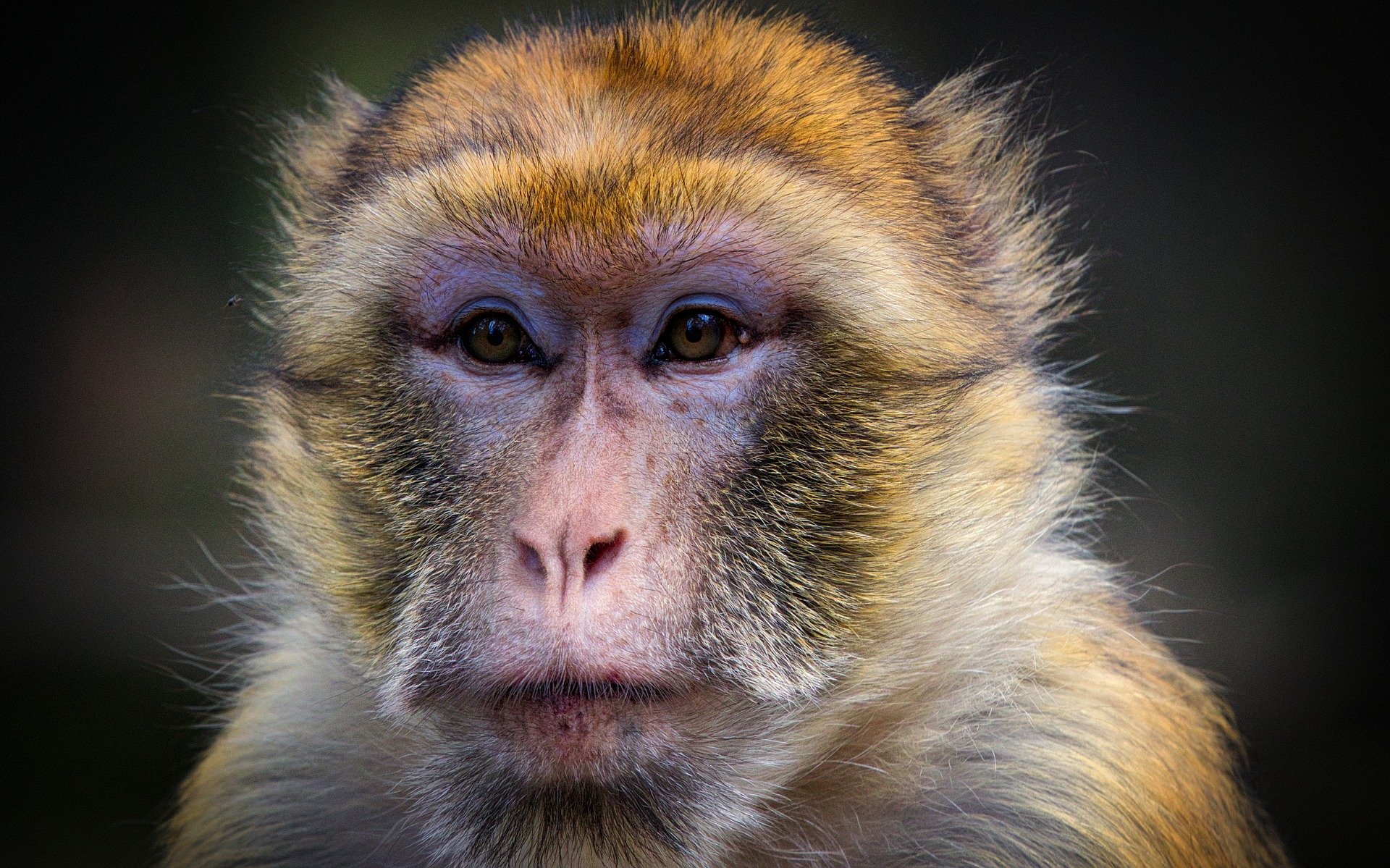Tung et al (2012)
 The question of social hierarchies and their effect on health was studied in baboon troops by Sapolsky (1990, 2005) and in British civil servants by Marmot et al (1997). However, in both cases the research was correlational in nature, leaving open the question of whether one's position in the hierarchy affects one's levels of cortisol and health, or whether one's health and stress response patterns lead to their position in the hierarchy. Experimental research done by Tung et al (2012) attempts to answer this question. This study may be used for the use of animal models in the study of the brain and behaviour, the use of experimental methods, and sociocultural aspects of stress and health.
The question of social hierarchies and their effect on health was studied in baboon troops by Sapolsky (1990, 2005) and in British civil servants by Marmot et al (1997). However, in both cases the research was correlational in nature, leaving open the question of whether one's position in the hierarchy affects one's levels of cortisol and health, or whether one's health and stress response patterns lead to their position in the hierarchy. Experimental research done by Tung et al (2012) attempts to answer this question. This study may be used for the use of animal models in the study of the brain and behaviour, the use of experimental methods, and sociocultural aspects of stress and health.
Research by Sapolsky and others has shown that dominance hierarchies have an effect on the health of primates. In Sapolsky's research, his research focused primarily on male baboons. Sapolsky's findings were that in stable hierarchies - that is, hierarchies where the alpha male does not have to constantly fight to maintain his position - low ranking male primates had higher levels of glucocorticoids (like cortisol), lower activity in serotonin and dopamine-rich areas of the brain, weakened immune systems and disrupted reproductive activity.
Sapolsky's research was naturalistic - done in the savannahs of Kenya. Although he took blood samples by darting the baboons, there was no manipulation of the community. This means that cause and effect relationships are difficult to establish.
Recent research by Tung et al applied the modern theory of gene expression in order to explain changes in health in female macaque monkeys. This study is an experimental study where the independent variable - the placement of the primate in the hierarchy - was manipulated by the researchers.
Tung et al (2012) carried out research with female macaques that shows that one's place in the hierarchy leads some genes to express themselves. The sample was made up of 49 middle-ranking female macaques, placed in ten social groups.
A group was created with two middle-ranking monkeys, and then the other females were added over a period of time. The newly introduced monkeys almost always adopted a role subordinate to existing group members. In this way, the social status of the other females also increased. The researchers carried out blood testing to see how rank influences the activity of various genes.
The researchers found that when a female's rank improved, her gene expression also changed within a few weeks, suggesting that social forces can rapidly influence genetic regulation. Tung found that some genes were more active in high-ranking individuals; others were more active in low-ranking ones. The difference was so distinct that the researchers could predict the position of an individual macaque simply by examining a blood sample with about 80% accuracy. The genes that showed these differences are associated with the function of the immune system.
They found that the monkeys at the bottom of the hierarchy had more activity in genes associated with the production of immune-related cells and inflammation. In humans, chronic inflammation and stimulation of the immune system is a risk factor for many different diseases - ranging from cardiovascular problems to Alzheimer's disease.
They also found that low ranking monkeys had higher levels of glucocorticoids. It is believed that this hormone may play a key role in the gene expression observed in the study.
The study was experimental. The manipulation of the independent variable allowed for a cause and effect relationship to be established.
The study uses animals; therefore, we have to be cautious when generalizing the findings to humans. However, human society is usually socially mobile - that is, people change their rank in social hierarchies over time. This study creates a situation which is more similar to human hierarchies than the original Sapolsky research.
There is a sampling bias. All of the primates were female. As most dominance hierarchies in primates have alpha males that dominate the group, this may not be generalized to both sexes. In addition, the animals were bred in captivity, meaning that they may not behave in the same manner as under natural conditions. Finally, the sample size is rather small.
The high reliability of being able to identify the primates' position in the hierarchy based on blood sampling is good support for the validity of the findings.

 IB Docs (2) Team
IB Docs (2) Team
